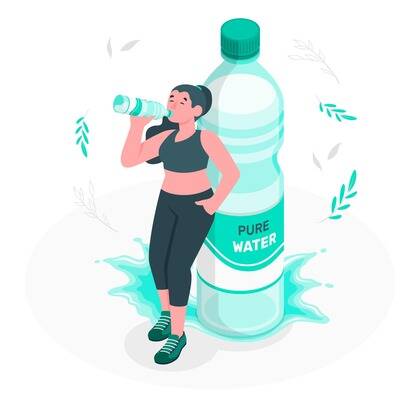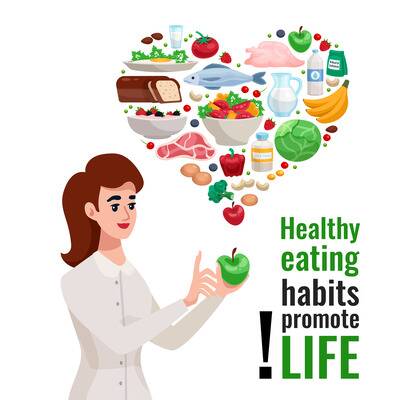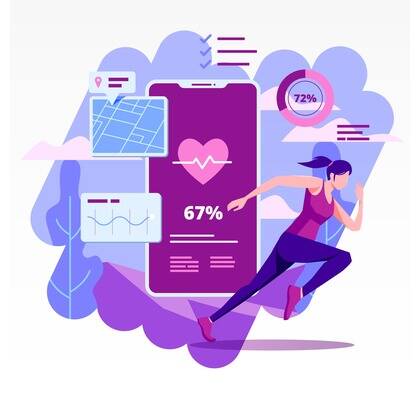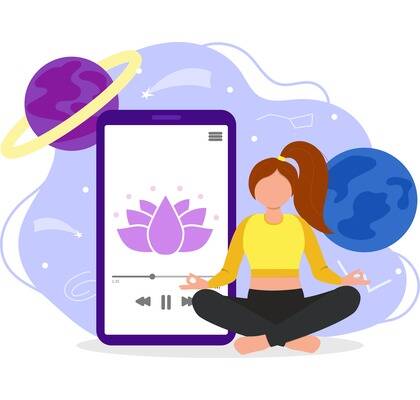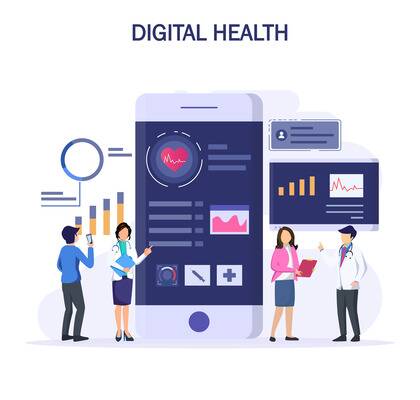Introduction
Maintaining a safe work environment is of paramount importance in the trades industry. The nature of trade work often involves inherent risks and potential hazards. However, by implementing proper safety measures, protocols, and training, businesses can significantly reduce accidents, injuries, and ensure the well-being of their workers. In this blog post, we will explore essential strategies and practices for trade safety to help create a secure work environment.
Conducting Thorough Risk Assessments
Before starting any trade project, it is crucial to conduct comprehensive risk assessments. Identify potential hazards, evaluate their severity, and determine the necessary precautions to mitigate risks. Documenting and regularly reviewing risk assessments is vital for ongoing safety management.
Implementing Safety Training and Education
Proper training is vital to ensure that workers are equipped with the knowledge and skills necessary to perform their tasks safely. Provide thorough safety training programs to all employees, including new hires and experienced workers. This should cover topics such as hazard identification, proper equipment usage, emergency procedures, and the importance of personal protective equipment (PPE).
Promoting a Safety Culture
Create a positive safety culture within your organization by fostering open communication, encouraging reporting of hazards or near-miss incidents, and rewarding safe practices. Emphasize the shared responsibility of all employees to prioritize safety and ensure that safety guidelines are followed at all times.
Providing Personal Protective Equipment (PPE)
Personal Protective Equipment (PPE) plays a crucial role in protecting workers from potential hazards. Conduct assessments to determine the necessary PPE for specific tasks and provide appropriate equipment such as safety helmets, gloves, safety glasses, high-visibility vests, ear protection, and respiratory masks. Ensure that PPE is readily available, properly maintained, and consistently used.
Regular Equipment Maintenance and Inspection
Ensure that all trade equipment and machinery are regularly inspected and properly maintained. Implement preventive maintenance schedules to detect and address any potential issues before they become hazards. Properly trained personnel should conduct equipment inspections and keep detailed records of maintenance activities.
Safe Handling and Storage of Materials
Proper handling and storage of materials are essential for trade safety. Provide training on safe lifting techniques and educate workers on the appropriate procedures for handling hazardous substances. Implement proper storage protocols for chemicals, flammable materials, and tools to minimize the risk of accidents or exposure.
Clear Communication and Signage
Maintain clear and visible signage throughout the workplace to communicate potential hazards, safety procedures, and emergency exit routes. Ensure that workers understand the meaning of different signs and symbols used in the trade industry. Implement effective communication channels to relay safety-related information, updates, and reminders.
Regular Safety Inspections and Audits
Conduct regular inspections and audits to identify potential safety hazards and assess the effectiveness of safety protocols. Involve employees in these processes to encourage their active participation and gather insights and suggestions for improving safety measures.
Responding to Incidents and Near-Miss Events
Establish an incident reporting and investigation process to promptly respond to accidents, injuries, and near-miss events. Investigate the root causes of incidents, identify corrective actions, and implement measures to prevent similar incidents in the future. Encourage workers to report any safety concerns without fear of reprisal.
Continuous Safety Training and Improvement
Safety protocols and regulations evolve over time. Stay updated with the latest safety standards, best practices, and regulatory requirements in the trade industry. Provide regular refresher training to reinforce safety knowledge and skills among workers. Encourage a culture of continuous improvement by seeking feedback and implementing suggestions for enhancing safety practices.
Conclusion
Trade safety is a critical aspect of ensuring a secure work environment in the trades industry. By implementing thorough risk assessments, providing comprehensive safety training, promoting a safety culture, and consistently following safety protocols, businesses can protect their workers and reduce the risk of accidents and injuries. Prioritizing trade safety not only safeguards the well-being of workers but also enhances productivity, builds a positive reputation, and fosters long-term success in the industry.




